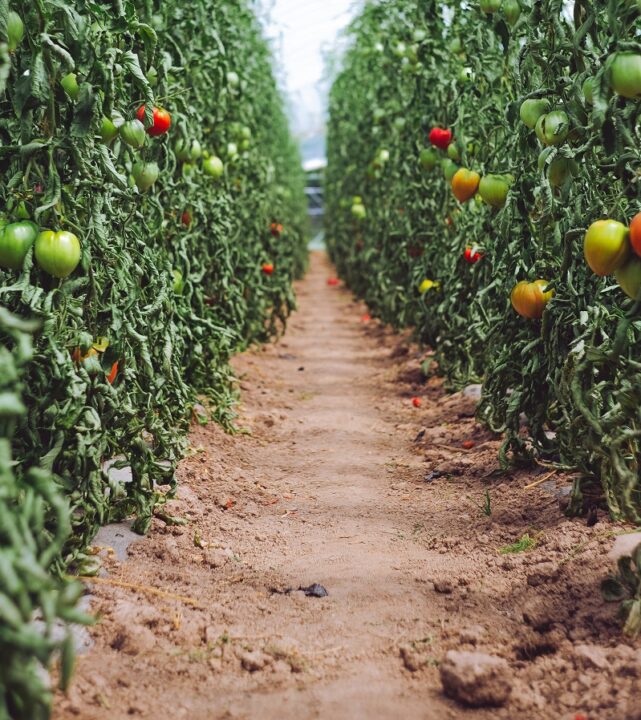New Technique Reduces Foodborne Pathogens In Spinach
University of Illinois scientists have found a way to boost current industry capabilities when it comes to reducing the number of E. coli 0157:H7 cells that may live undetected on spinach leaves.
“By combining continuous ultrasound treatment with chlorine washing, we can reduce the total number of foodborne pathogenic bacteria by over 99.99%,” said Hao Feng, a University of Illinois professor of food science and human nutrition.
According to Feng, USDA is looking for proposed technologies that can achieve a 4 to 6 log reduction in pathogen cells (a 6 log reduction would achieve a million-fold reduction in pathogenic bacteria). The food processing industry can now achieve a 1 log or tenfold reduction. In comparison, the University of Illinois technique yields a 4 log reduction.
“Combining technologies is the key to bridging the gap between our current capacity and what USDA would like to see. The use of ultrasound exposure during chlorine washing gives the industry a way to significantly enhance microbial safety,” he said.
Feng’s pilot-scale system uses three pairs of large-area ultrasonic transducer boxes to form a channel through which ultrasound is provided to spinach leaves that are undergoing a continuous-flow chlorine wash. Spatial uniformity of ultrasound distribution was confirmed by tests using metallic foil.
The scientist said that continuous flow and uniformity of the field are key elements in the success of the process.
“Previous work with ultrasound used a tank or a medical-style probe, which doesn’t provide consistent and even distribution,” he noted.
System design is important for another reason, he said. “Placement of the produce as it makes its way through the channel turns out to be very important. We had to find ways to make sure that leaves received similar exposure to ultrasound, taking care to minimize the chance that one leaf would block a nearby leaf’s exposure to the sound waves.”
If even part of a leaf escaped the full ultrasonic treatment, it could contaminate the rest of the produce, he said.
Feng and his team have used the technique on iceberg and Romaine lettuce as well as spinach with similar results.
Co-authors of the paper, published in Innovative Food Science and Emerging Technologies, are theUniversity of Illinois’ Bin Zhou and Arne J. Pearlstein. It can be accessed online at http://dx.doi.org/10.1016/j.ifset.2012.09.007. Funding was provided by Food Technology Noord-Oost Nederland, with additional support from USDA.










